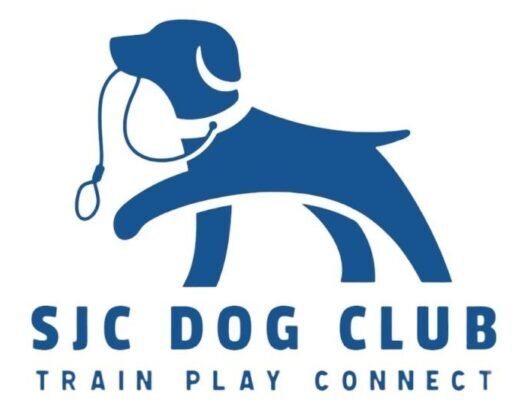<–Back to Reacting Reasonably Main
Management
This is the place to start. Management means prevention: don’t let your dog practice undesirable behavior. For now, prevent reactive episodes.
Our habits are physical pathways in our brains. Each time your dog goes over threshold, he or she is making that pathway deeper and wider (hypertrophy). This program starts with taking a rest from that path. Let it atrophy, reduce, weaken. Doing this first makes it much easier to develop new and better habits.
Obviously, you’re here because you don’t want your dog to practice bad behavior. How do you prevent it? You probably already have a good idea what tends to set your dog off. Take some time to consider these situations. Can you avoid them for the time being? What strategies can you employ to minimize or prevent negative behavior if a situation is unavoidable?
Start noticing what distance your dog first notices a trigger (threshold). The progression is: Look, Lock, React (such as barking, lunging or shying away). Observe your dog’s subtle body language changes BEFORE the reactive behavior. The threshold distance will be different if the trigger is still compared to when it is in motion. There may be multiple triggers with different intensities; each has it’s own timeline.
- LOOK: When your dog ‘Looks’, they can still hear you and look away fairly easily. They will still take a treat, or sniff on the ground for one. This is where we want to stay at this stage. We don’t want the dog to look at you all the time, but instead, have mild exposure mixed with relaxed time looking at you and sniffing around.
- LOCK: Once they ‘Lock’, the dog is fixated and will probably ignore you. We want to avoid the Lock. When it happens, interrupt and retreat. BUT you want to notice the distance of the distraction and keep it further away next time.
- REACT: The reaction can follow quickly after the Lock, which is what we wanted to avoid. In this stage, the best strategy is to calmly retreat as far as necessary. At this stage, don’t try to turn it into a training moment. Don’t allow it to continue or repeat itself.
At this stage of reactivity training, it’s essential to make it easy for the dog to succeed. The more uneventful the training looks, the better. We’re aiming for 80-90% success (not Locking or reacting). This establishes our starting point;’ we’re not correcting the dog or asking for behaviors we’re not sure the dog can give us. If you’re confident that offering a treat or toy will interrupt the dog’s focus, then use it. If calmly saying “Let’s go” and heading away will redirect both of you, then do it. After practice, give praise for a job well done. Giving treats, scattering them, or toy play are great rewards, but if the dog is mentally tired, it is okay to just end the session.
Management Homework
- Threshold Awareness: Develop a sense of the distance at which your dog can look without becoming fixated. Practice giving a treat just before you think your dog might see the trigger. This will condition an emotional response.
- The Treat Scatter: Another exercise to do near the threshold. Scatter treats on the ground or in short grass and calmly encourage the dog to “find it”. When the dog is finished they will look at you to continue the game. Wander a little closer to the trigger and repeat. Be sure to stay in the LOOK zone. Wander further away if the dog starts Locking.
- Easter Egging: Make the the treat scatter more engaging by “Easter Egging” your walks. Set up a few treat scatters along your planned route while the dog is in the vehicle. When you get to the treats, encourage the dog to “find it”.
- The Step Away: With the trigger at a distance, if your dog LOCKs, use the Step Away. Begin by having a treat ready. Take a large step back with the foot that is on the same side as the dog, then turn away from the dog and walk in the opposite direction. Your dog will need to hurry to catch up with you and will likely look up at you. When your dog looks at you, be ready to praise and treat.
- The Step in Front: To handle a surprise trigger at close range, use the “Step in Front” move. Your dog must be close to you for this to work. If your dog is out in front, use the “Step Away” move instead. With the foot on the same side as the dog, take a big step in front of the dog, positioning yourself between the dog and the trigger. Turn your body to the side, facing the trigger at an angle. You might need to briefly lift up on the collar or harness to stop the dog’s forward movement, but release the pressure as soon as possible. This action communicates to the dog that you are in control of the situation. You can then continue to turn and move away from the trigger, offering praise and reward, especially if the dog remains calm.
Management Summary
- Start rewriting pathways in the brain—don’t practice bad behavior. Figure out thresholds, avoid issues, and have an alternate plan B in place.
- Make it easy for the dog to succeed – Keep it boring. Keep it pleasant, using treat scatter and Easter Egging.
- If things don’t go right and the dog goes over threshold – Calmly leave, sooner the better. Use the Step Away or the Step in Front.
